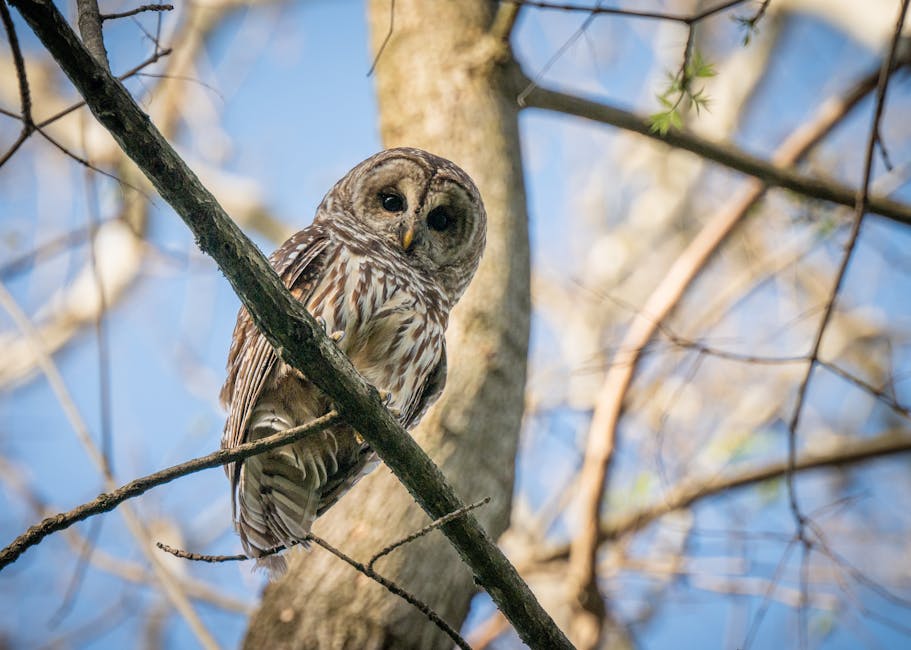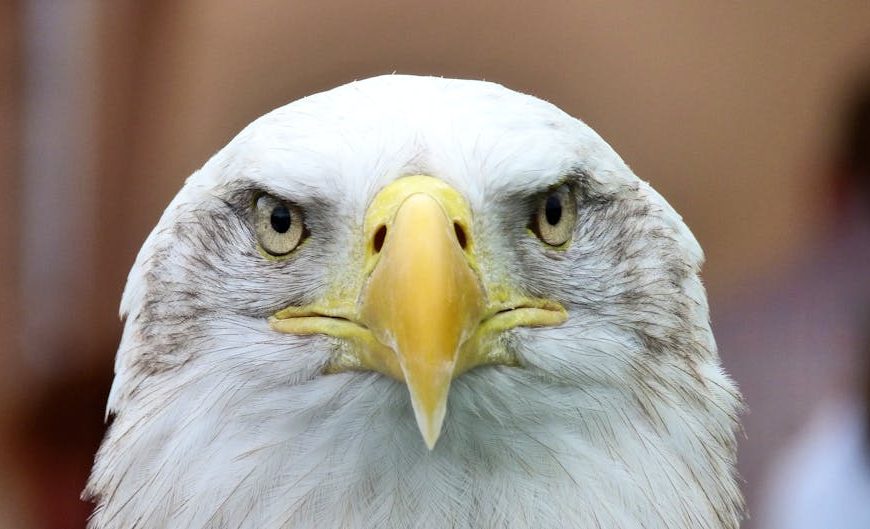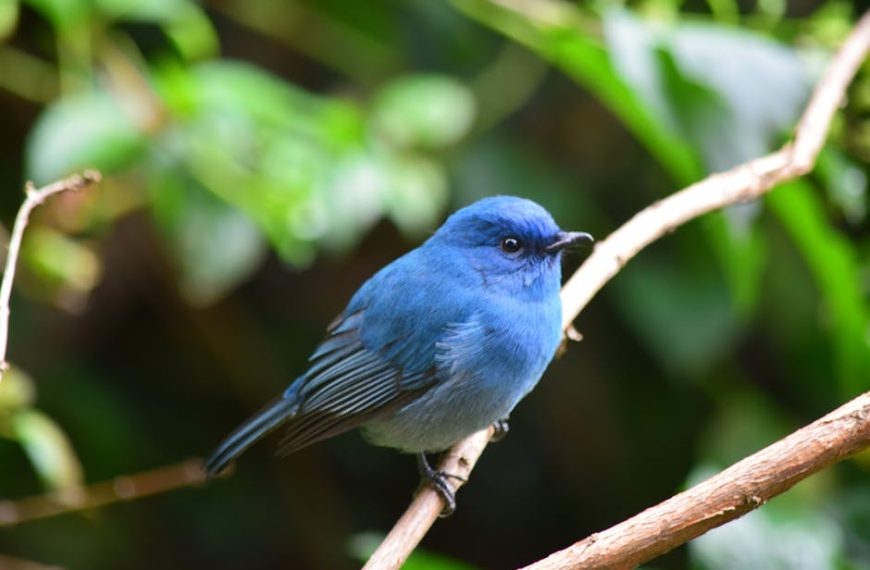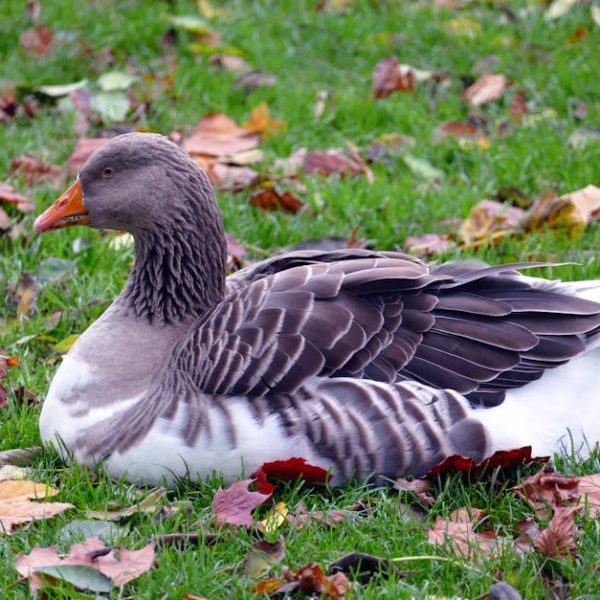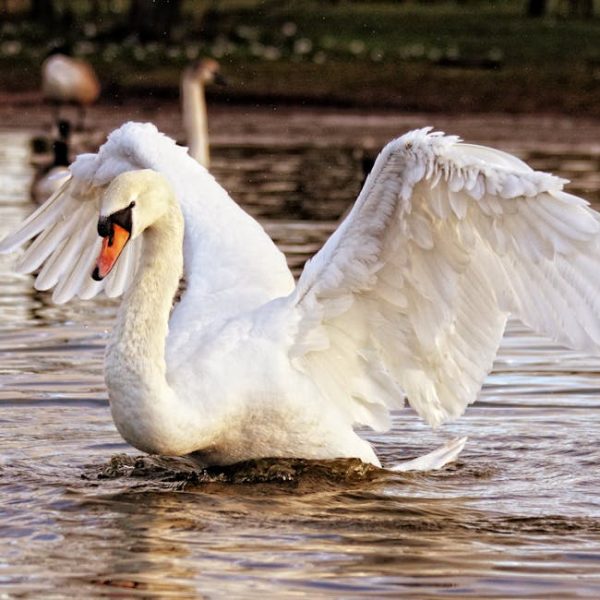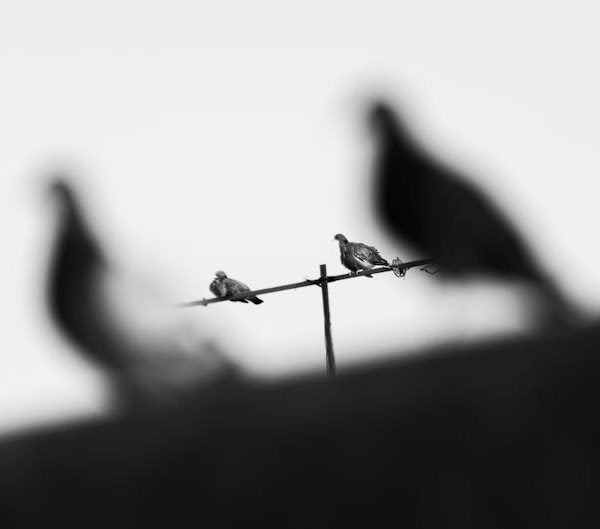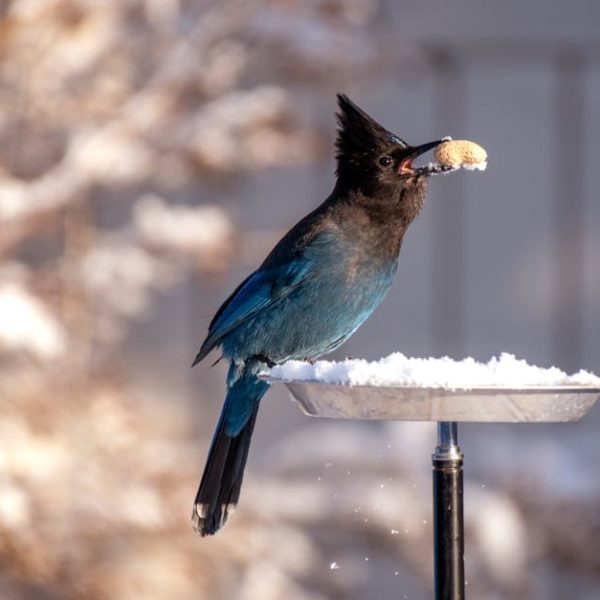The vibrant plumage of birds is often a subject of many an artist’s palette, yet the fascination does not stop at their colorful feathers. The eyes of these winged creatures hold an allure of their own. From the dark, sophisticated black of a Crow to the captivating blue of a Snowy Owl, avians sport eye colors as diverse and fascinating as their species. Yet among these, the enigma of red eyes holds our riveted attention. Red-eyed birds are not common which perhaps deepens the mystery around them. It begs the question, why do some birds have red eyes?
Eyeing Bird Eye Colors: A Spectrum of Surprise
Birds across the globe exhibit a myriad of eye colors, from shades as soft as pastels to hues as bold as neon. These colors are determined by variations in pigmentation and structural factors. Bird species such as the Atlantic Puffin with its resplendent golden eyes, or the Black-crowned Night-Heron with glaring red eyes, highlight the stunning diversity of avian eye colors.
- Atlantic Puffin – Golden Eyes
- Black-crowned Night-Heron – Red Eyes
- Australian Magpie – Brown Eyes
- Great Horned Owl – Yellow Eyes
Pro Tip: Don’t rush into identifying a bird solely based on its eye color. Birds often exhibit changes in eye color, size, and shape as they mature. Familiarize yourself with these variations to improve your bird-watching skills.
A Peep into the Red: The Science Unveiled
So why do birds have red eyes? A common theory posits that it’s all about pigmentation. The color of a bird’s eyes primarily depends on two pigments: pteridines, which lead to red, yellow, and orange hues, and purines, responsible for white, blue, and green colors.
Behind a bird’s red eyes lies an intricate weave of cells filled with pteridine pigments. To put it simply, if there is a high concentration of pteridines, the bird’s eyes appear redder. On the other hand, if purines dominate, the eyes reflect different colors, such as the mesmerizing blue eyes of the Steller’s Jay or the emerald green eyes of the European Starling.
Feathering out Red-eyed Birds
While red-eyed birds are less common, they are by no means rare. Some species renowned for their red eyes include the eerie yet enthralling Barn Owl, the lithesome Black-crowned Night-Heron, and the charming American Coot.
- Barn Owl – Though best known for its heart-shaped facial disk, the Barn Owl’s dark, red eyes, appearing almost black, are equally captivating.
- Black-crowned Night-Heron – This medium-sized, stocky heron stands out not just for its black and white plumage, but also for its bright red eyes standing out against a black crown.
- American Coot – Though a bird of plain looks overall, its beady red eyes strike a memorable chord.
Best Practice: To spot red-eyed birds, take note of their habitats and behaviors. Many of them tend to be more active at dusk and dawn, adding a scarlet sparkle to the twilight.
The Crimson Gaze: Why Red?
Evolutionary adaptions paint a fascinating tableau, and the phenomenon of red eyes in birds is no exception. Beyond their enigmatic beauty, the red eye color might serve several functions for birds.
Arguably, one of the most significant roles it plays is in mating rituals. For instance, a vibrant eye color like red could be an indicator of good health and vitality, making the bird more attractive to potential mates. In some species like the Reddish Egret and the Roseate Spoonbill, the eyes become significantly redder during the breeding season.
Yet, like every rose has its thorn, the red eye color can come with its set of challenges. Birds with brightly colored eyes can stand out, potentially alerting predators. Similarly, the red color might not be ideal for some environments, reducing the effectiveness of camouflage.
The Truth and Twists of Red-Eyed Birds
In the realm of birds, various myths and misconceptions are floating around, especially about eye color. Setting the record straight can help bird watchers in identification and understanding bird behavior better.
Mythbusters:
- Myth: All nocturnal birds have red eyes.
Fact: While some night-active bird species do have red eyes, many others, like various owl species, have yellow or even black eyes.
- Myth: Red-eyed birds are always albino.
Fact: Albinism in birds results in red or pink eyes due to a lack of pigmentation. However, not all birds with red eyes are albino.
Best Practice: Don’t fall for popular myths about bird eye colors. Instead, turn towards trusted field guides or resources dedicated to ornithology for accurate information.
Conclusion: A Glance into the Bird’s Eye
Red eyes in birds, though uncommon, paint a captivating picture. Be it their role in mating rituals or survival strategies, red eyes serve a functional purpose in addition to creating visual delight. Understanding the science behind the color and dispelling associated myths enables us to appreciate these intriguing creatures even more. So, the next time you spot a red-eyed bird, you’ll not only marvel at its beauty but also recognize the biological wizardry at play. Whether you’re an avid bird watcher or just enjoy the occasional feathery encounter, remember – it’s all in the eyes!
Key Takeaway:
- Bird eye colors can vary significantly between different species, and even within species as birds mature, with red being among the more uncommon colors.
- The red eye color of some bird species is primarily due to the presence of pteridines, a type of pigment. These red-eyed birds include species like the Barn Owl, Black-crowned Night-Heron, and the American Coot.
- There are evolutionary advantages and disadvantages in having red eyes, as it can make a bird attractive to potential mates but also visible to predators.
- Common myths about bird eye colors, like all nocturnal birds have red eyes or all red-eyed birds are albino, are not true.
Birds with red eyes are beautiful to observe, and their rarity only adds to their fascination. Remember that the best way to appreciate these creatures is through understanding the science behind their features and dismissing misconceptions. So keep exploring, as every bird has a story to tell through its eyes, and who knows, the next red-eyed bird you spot may have an exciting tale waiting for you!
FAQs
Q: Are eye color changes in birds seasonal, similar to changes in plumage?
A: Some bird species do exhibit changes in eye color in conjunction with breeding seasons or other life stages, but this isn’t a common occurrence across all species.
Q: Are certain bird species more susceptible to having red eyes due to genetic factors?
A: Yes, the genetics of a bird species play a crucial role in determining the presence of pigments that lead to red eyes. Species with higher levels of pteridines are more likely to have red eyes.
Q: Do bird species with red eyes favor certain habitats?
A: There isn’t a specific correlation between red eyes and a particular habitat. Various bird species with red eyes are found across different habitats worldwide.
Q: Can the diet of a bird affect its eye color?
A: While a bird’s diet can affect its plumage color in some cases, it generally does not impact eye color, which is more determined by genetics and pigmentation.
Q: Is there a relation between the bird’s eye color and its vision capabilities?
A: Bird eye color does not typically affect a bird’s vision capabilities. However, the cellular configuration responsible for different eye colors could potentially influence how a bird perceives colors.
Enjoyed reading about fascinating bird eye colors? Feel free to share this article and browse our site for more exciting information about birds!
